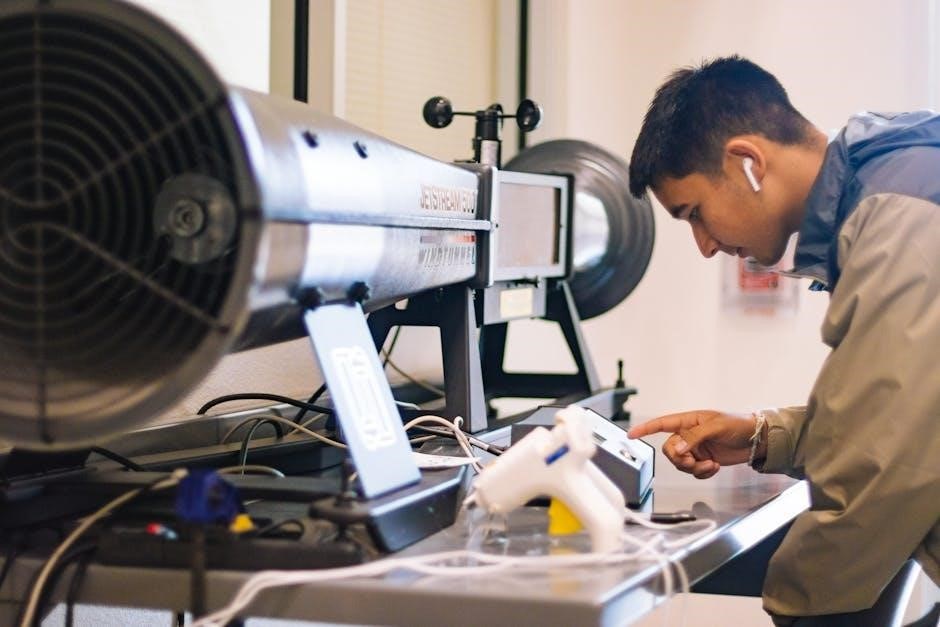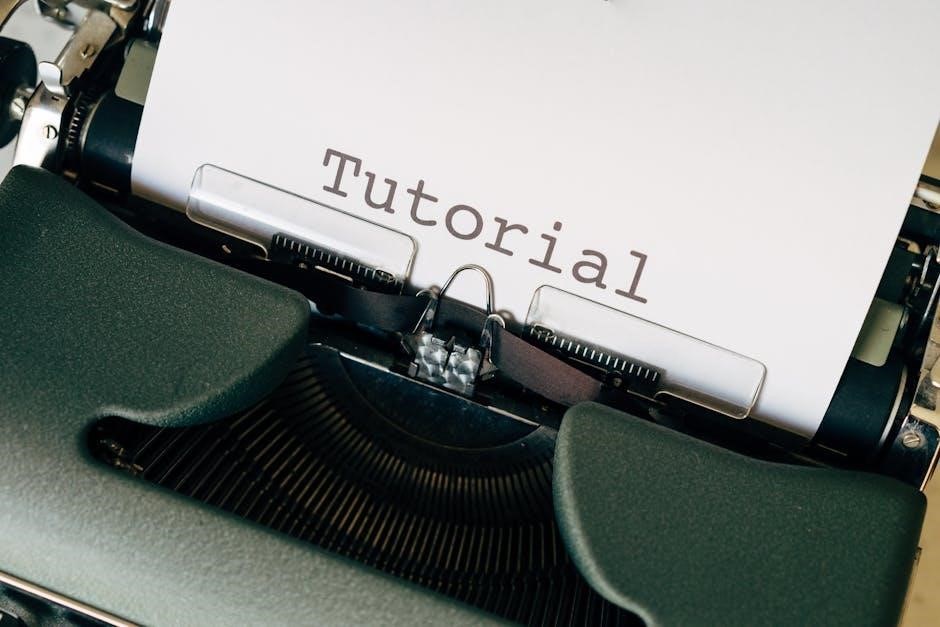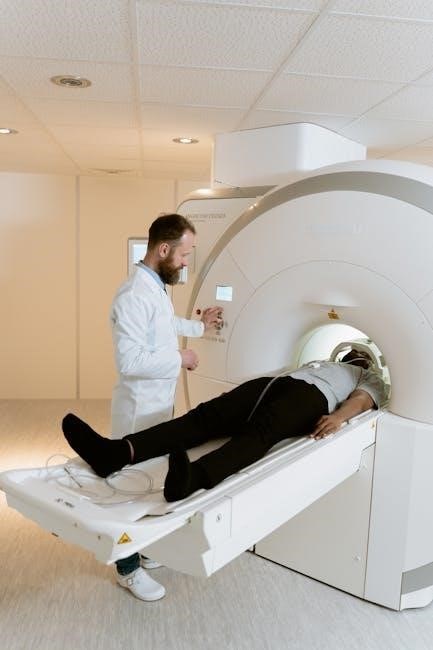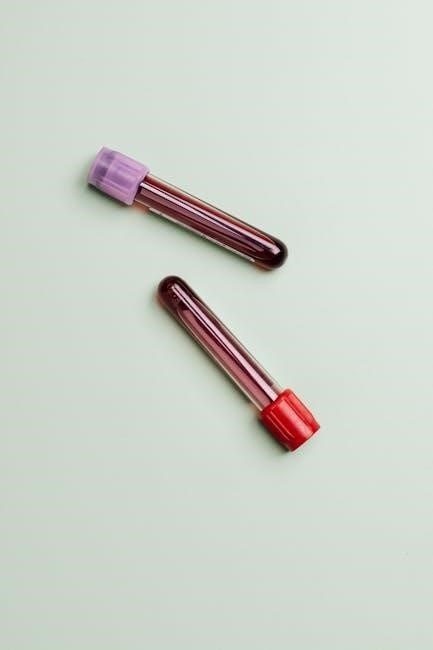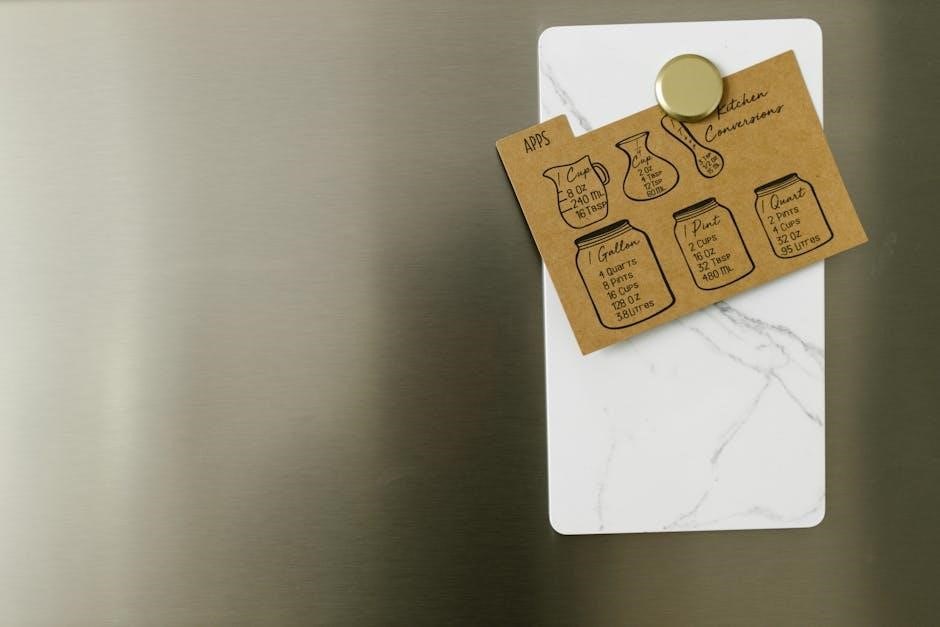The 1924 Snyder Act Indigo Form is a significant document historically linked to the Snyder Act of 1924‚ which played a pivotal role in shaping the legal and citizenship landscape for Native American communities. This form has gained attention for its connection to enrollment processes and citizenship documentation under the act. Today‚ the Indigo Form is accessible in digital formats‚ such as PDF‚ making it easier for individuals to access and utilize for historical research or legal purposes.
Online platforms‚ including official government archives and repositories‚ provide downloadable versions of the 1924 Snyder Act Indigo Form PDF. This digital accessibility eliminates the need for physical paperwork‚ streamlining processes for those seeking to understand or utilize the document. The form serves as a historical record‚ offering insights into the enrollment and citizenship documentation of Native Americans during that era.

While the term “Indigo Form” is often associated with the Snyder Act‚ it is essential to note that it may not exist as a standalone document. Instead‚ related materials are housed in archives or databases‚ requiring careful navigation to locate. This introduction highlights the significance of the 1924 Snyder Act Indigo Form and its modern accessibility‚ emphasizing its importance for historical and legal understanding.
By exploring the 1924 Snyder Act Indigo Form PDF‚ individuals can gain a deeper understanding of its role in Native American history and its ongoing relevance today. The digital availability of this document ensures that its legacy endures‚ providing a valuable resource for research and education.
Overview of the 1924 Snyder Act

The Snyder Act of 1924 was a significant piece of legislation in the United States that primarily addressed the citizenship status of Native Americans. Enacted during a period of complex and often contentious relations between Native American communities and the federal government‚ the act marked an important milestone in the legal framework governing Native American rights.

Historically‚ Native Americans were not automatically granted U.S. citizenship. Instead‚ their status was governed by treaties‚ executive orders‚ and other legislation that often treated them as separate nations within the United States. The Snyder Act‚ also known as the Indian Citizenship Act of 1924‚ aimed to address this by extending citizenship to all non-citizen Native Americans born within the territorial limits of the United States.
One of the key provisions of the Snyder Act was the granting of citizenship to Native Americans without impinging on their tribal rights. This was a significant shift from earlier policies that often required Native Americans to assimilate into white culture or abandon their tribal affiliations to gain citizenship. The act acknowledged the unique status of Native Americans as both citizens of their respective tribes and citizens of the United States.
The legislation also had implications for the enrollment processes within Native American communities. The federal government required documentation to verify an individual’s Native American heritage and citizenship status. This is where the Indigo Form comes into play‚ as it is associated with the documentation and enrollment processes mandated by the Snyder Act.
However‚ it is important to note that the term “Indigo Form” does not refer to a single‚ dedicated document. Instead‚ it appears to be a reference to various documents and forms related to the Snyder Act that are stored in government archives and databases. These documents provide a historical record of the enrollment and citizenship processes for Native Americans during that era.
In contemporary times‚ the Snyder Act and associated documents like the Indigo Form have been digitized and made available online. This accessibility has streamlined research and enrollment processes‚ making it easier for individuals to access historical records and understand the legal framework established by the act. Online platforms‚ including official government archives and repositories‚ offer downloadable PDF versions of these documents‚ eliminating the need for physical paperwork.
The Snyder Act of 1924 remains a crucial piece of legislation in the history of Native American rights; Its provisions have had lasting impacts on the legal status and citizenship of Native Americans‚ and the associated documentation continues to serve as an important resource for historical and legal understanding. By examining the Snyder Act and its related documents‚ such as the Indigo Form‚ we can gain a deeper appreciation for the complex and evolving relationship between Native American communities and the U.S. government.
Purpose and Significance of the Indigo Form

The Indigo Form‚ associated with the 1924 Snyder Act‚ serves as a crucial document for understanding the historical and legal processes surrounding Native American citizenship and enrollment. While the term “Indigo Form” may not refer to a single‚ dedicated document‚ it is often used to describe the various forms and records related to the Snyder Act that are stored in government archives and databases. These documents play a vital role in verifying Native American heritage and citizenship status‚ making them indispensable for historical research and legal purposes.

The primary purpose of the Indigo Form is to provide a standardized method for documenting the enrollment and citizenship of Native Americans under the Snyder Act. The form is closely tied to the act’s provisions‚ which extended U.S. citizenship to all Native Americans born within the territorial limits of the United States. This documentation was essential for establishing legal records of citizenship and ensuring that individuals could access the rights and benefits associated with it.
Historically‚ the Indigo Form has been significant in streamlining the enrollment processes for Native American communities. By providing a structured format for gathering necessary information‚ the form helped to standardize the documentation process‚ reducing confusion and ensuring consistency in determining citizenship status. This was particularly important during the early 20th century‚ when the legal status of Native Americans was undergoing significant changes.
One of the most notable aspects of the Indigo Form is its role in preserving historical records of Native American citizenship. The documents associated with the form offer valuable insights into the lives of Native Americans during the 1920s and beyond‚ providing a window into the challenges and opportunities they faced during this period. For researchers and historians‚ the Indigo Form is an invaluable resource for understanding the complex legal and social dynamics of Native American communities.
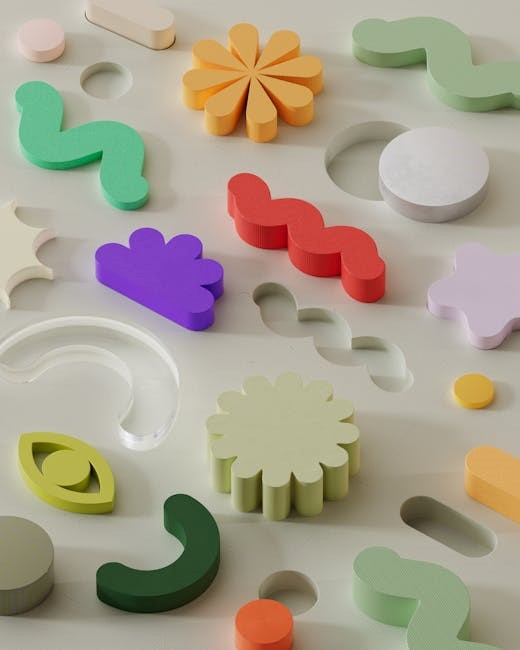
In contemporary times‚ the Indigo Form has gained renewed significance due to its availability in digital formats. The widespread adoption of online platforms and digital repositories has made it easier than ever to access and download the 1924 Snyder Act Indigo Form PDF. This accessibility has streamlined processes for individuals seeking to research their heritage or understand the historical context of Native American citizenship.
Online platforms‚ such as official government archives and libraries‚ offer downloadable versions of the Indigo Form‚ eliminating the need for physical paperwork. This digital transformation has not only preserved the document for future generations but also made it more accessible to a broader audience. The ability to download the Indigo Form PDF in just a few clicks highlights the progress made in digitizing historical records and ensuring their availability for research and education.

Despite its significance‚ it is important to clarify that the Indigo Form is not a single‚ dedicated document. Instead‚ the term refers to a collection of forms and records associated with the Snyder Act that are housed in various archives and databases. This means that individuals seeking to access the Indigo Form may need to navigate multiple sources to find the specific documents they are looking for.

The Indigo Form also underscores the importance of understanding the historical context of Native American citizenship. The Snyder Act of 1924 marked a turning point in the legal status of Native Americans‚ extending citizenship to those who had previously been excluded. However‚ this legislation was not without its challenges‚ as it often required individuals to balance their tribal identities with their newfound citizenship.

For many Native Americans‚ the Indigo Form represents a connection to their heritage and a reminder of the struggles and achievements of their ancestors. By providing a detailed record of citizenship and enrollment‚ the form helps to preserve the history of Native American communities and honor the resilience of those who navigated the complexities of U.S. citizenship.



































